Kicking Off Micro Hydropower in Bastar
‘This project is strictly against groundwater pumping’
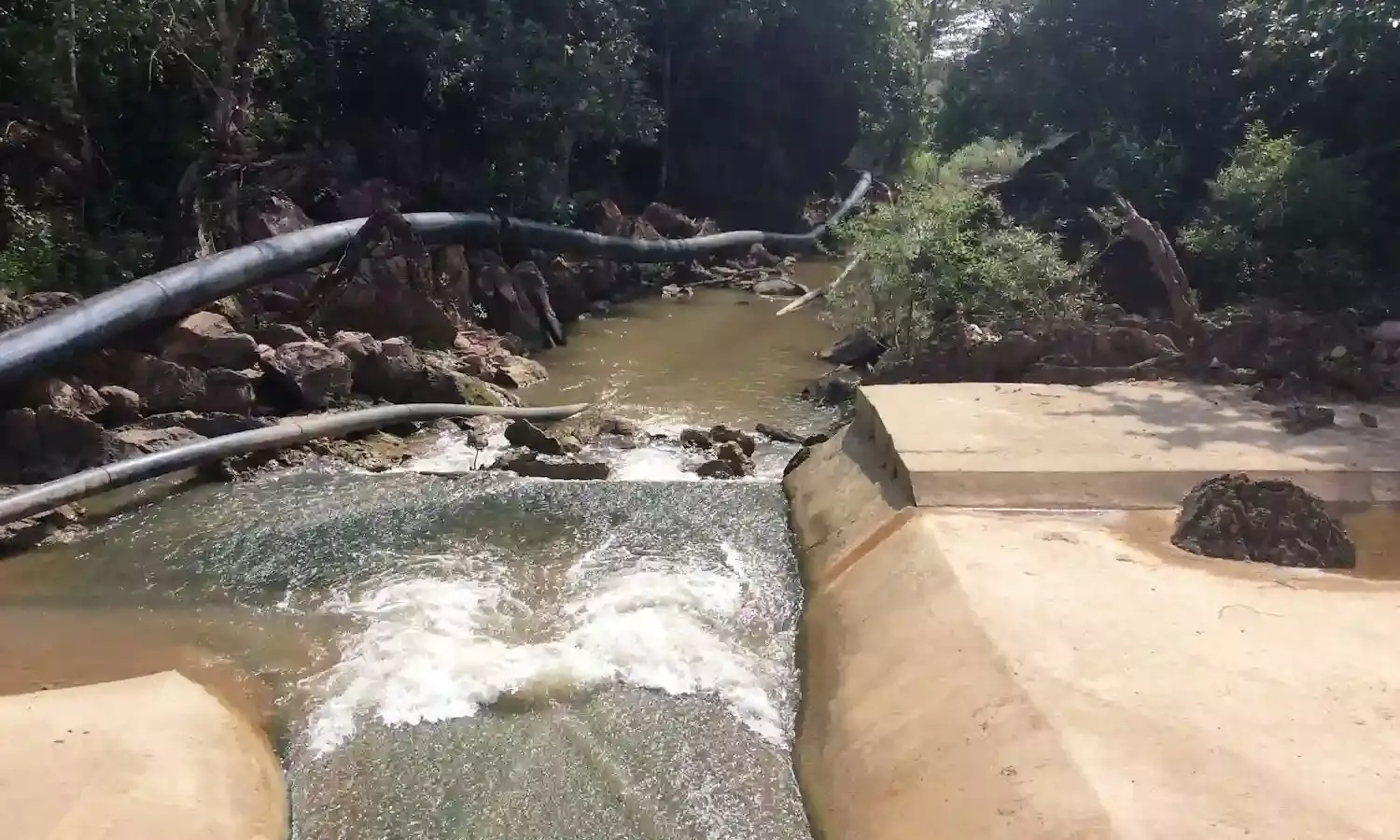
Back in 2009 when Punit Singh from the Indian Institute of Science met 18-year-old Baliram Nag at a forested village in Bastar, he realised he could do something to help the local Dhurwa community who live here.
It eventually led to the conception of the Taipadar micro hydro and water resources management project, a unique initiative in this remote location of southern Chhattisgarh.
Work started in 2010 in Taipadar village. Singh designed the integrated project for three purposes: irrigation, drinking water and electricity. Currently, one of the aims is being met. The hydraulic or ram pump used for pumping water has started functioning for irrigation use on 10 acres of land in the village. This will benefit farmers in case the summer monsoon fails and also come to their aid during the dry rabi season in winter.
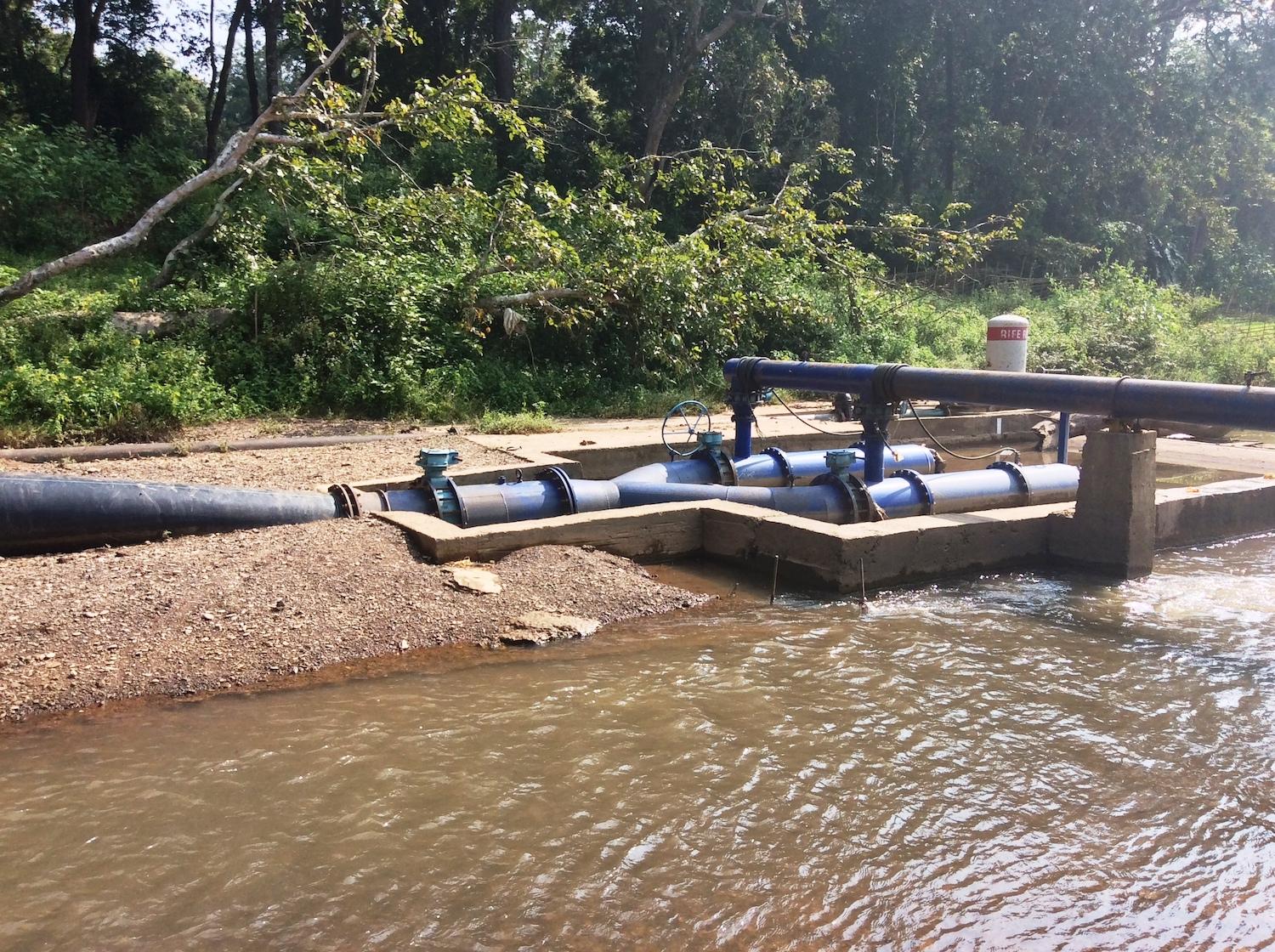
Singh, who had experience of working on micro hydro turbines in Indonesian caves to pump water from underground, described his pet project in Taipadar as a “phenomenal experience” which has enabled him to bring water to people’s doorsteps.
The German multinational pump manufacturer KSB supported the design and manufacture of the water turbine used in the project, which is being constructed across the perennial Ganeshbahar nullah that ultimately joins the Shabari river in Jagdalpur, the headquarters of Bastar district.
As Baliram Nag led the way to the site, the sound of gurgling water could be heard from a distance. The Ganeshbahar nullah is supported by groundwater flow and is part of a river basin in the Tiriya reserve forest comprising several villages, including Taipadar.
“We carried out a three-day survey on foot for a 20 km stretch of the nullah during which Dr Singh measured the water level and checked its availability based on different seasons. This was needed to design the turbine,” said Nag, who works for the Chhattisgarh Renewable Energy Development Agency, a government organisation. He is a technician and inspects faults in solar panels in villages where there is no regular electricity.
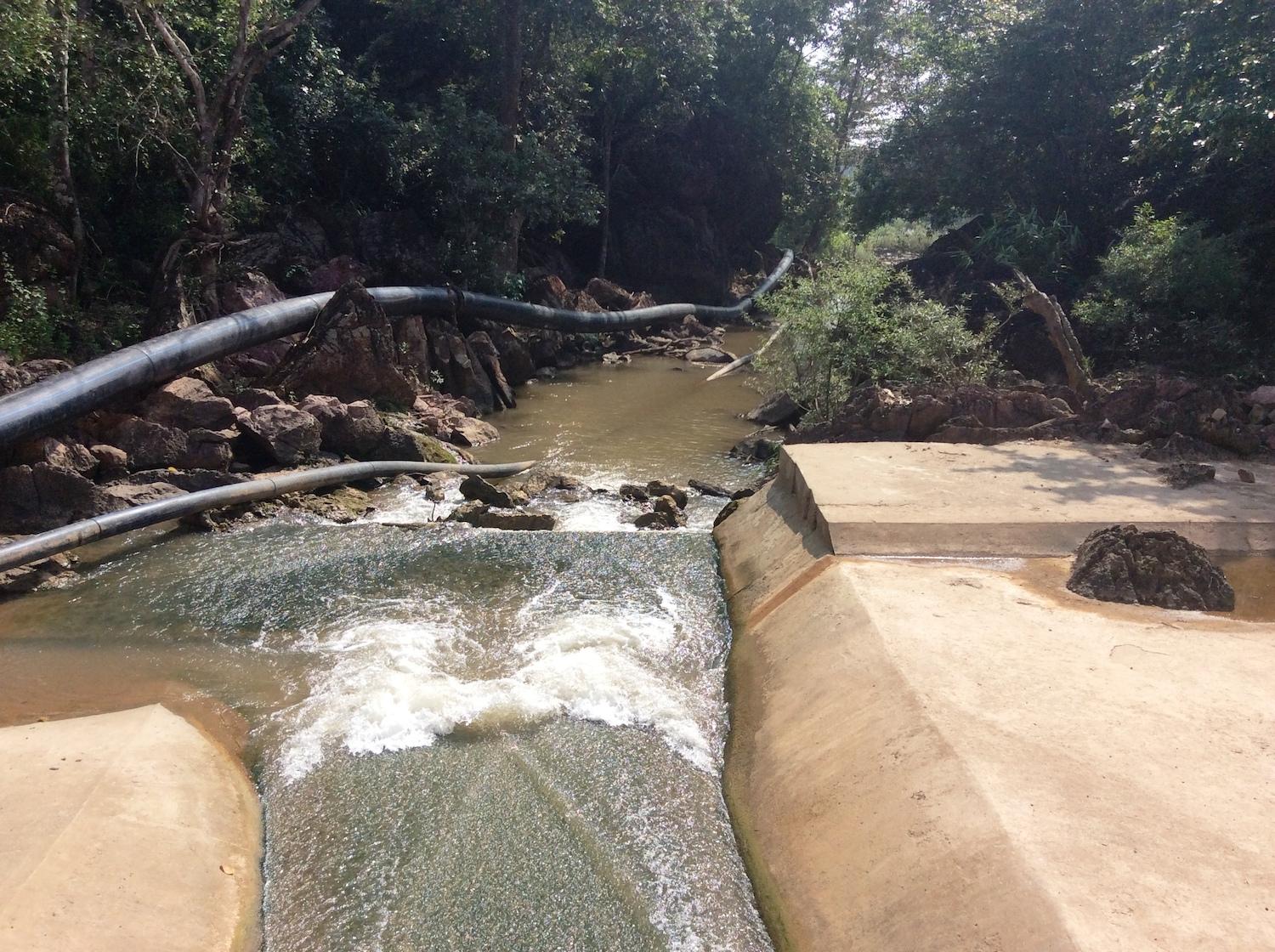
The concrete dam was finished last year during March-April.
“Multiple challenges like the pandemic, contractor issues and availability of funds have delayed the progress. The storage tank, dam and pipes are ready. The priority now is irrigation for the entire village comprising 40 households. If done carefully, it will be an unprecedented revolution,” said Singh.
By and by, power would be available for agricultural activities like paddy dehusking which is manually done at present. Paddy is the dominant crop of Bastar and most farmers depend on monsoon rains for sowing during the kharif season.
Standing near his house, Taipadar resident Domu Ram said many people helped in laying the pipes after thoroughly understanding the mechanism of the project. He said he is looking forward to obtaining dehusking machines for paddy once power is available.
Cold storage and rice huller machines can also be used then. A computer centre is also in the offing. At present the families use solar power generated from equipment that enables only night-time use of lights and fans.
It is claimed that the Taipadar project at an estimated cost of Rs 6 crore would enable irrigation output for 16 hours a day and electricity generation of 50 kWh each day.
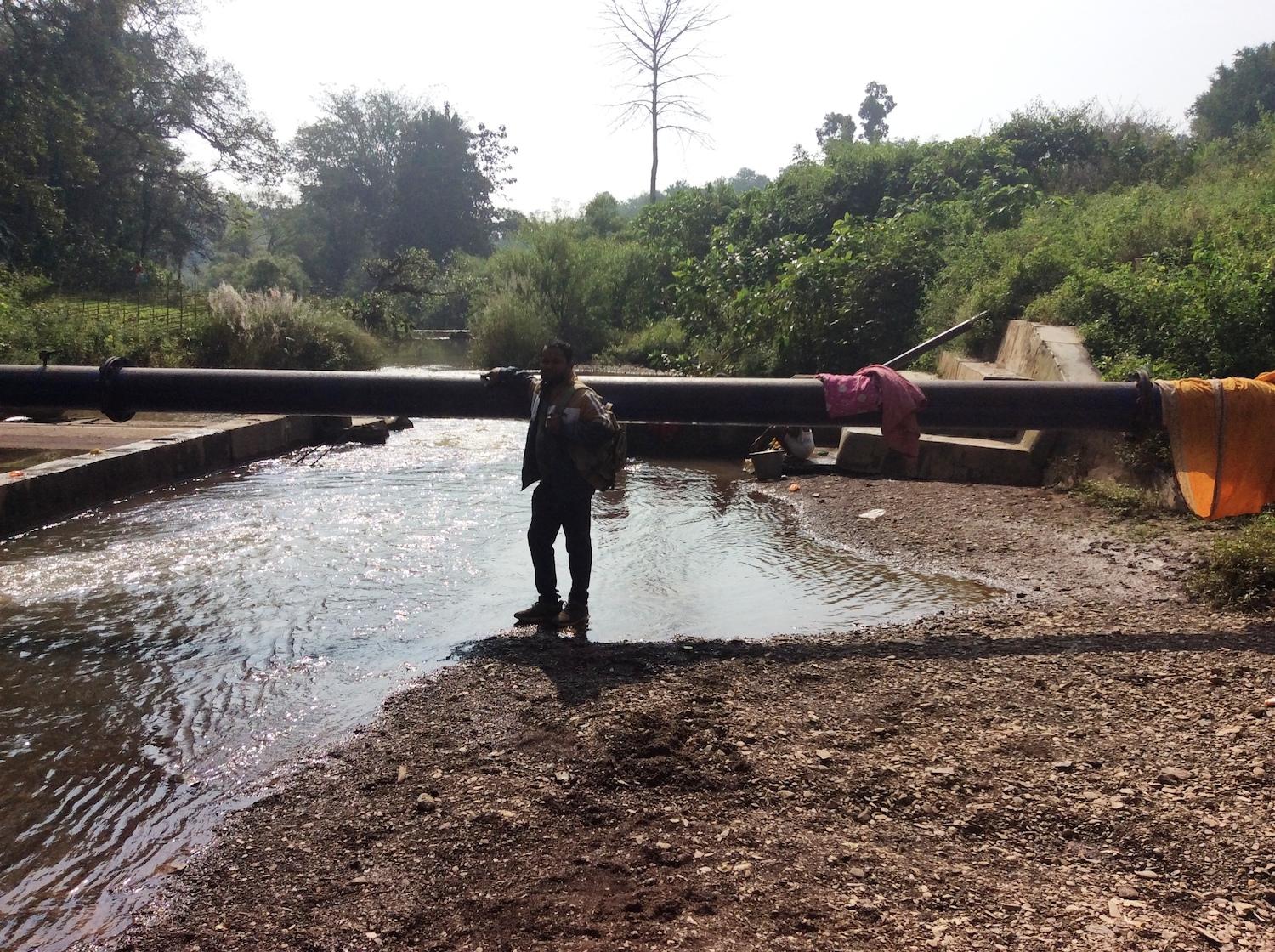
India’s hydropower generation capacity is deemed to reach 70GW by 2030, according to the Union Ministry of New and Renewable Energy, as part of what it calls its green energy mission.
But micro hydro is not a regular business. Government plans focus more on large hydropower projects involving massive dams, which have huge ecological costs, especially in fragile areas, as seen in Uttarakhand in recent years.
According to Singh, micro hydro is safe for the local plant and animal interactions. In Taipadar, water would be lifted through its own built-up pressure using the ram pump and distributed to individual houses. A control room with a controller is to be set up in future.
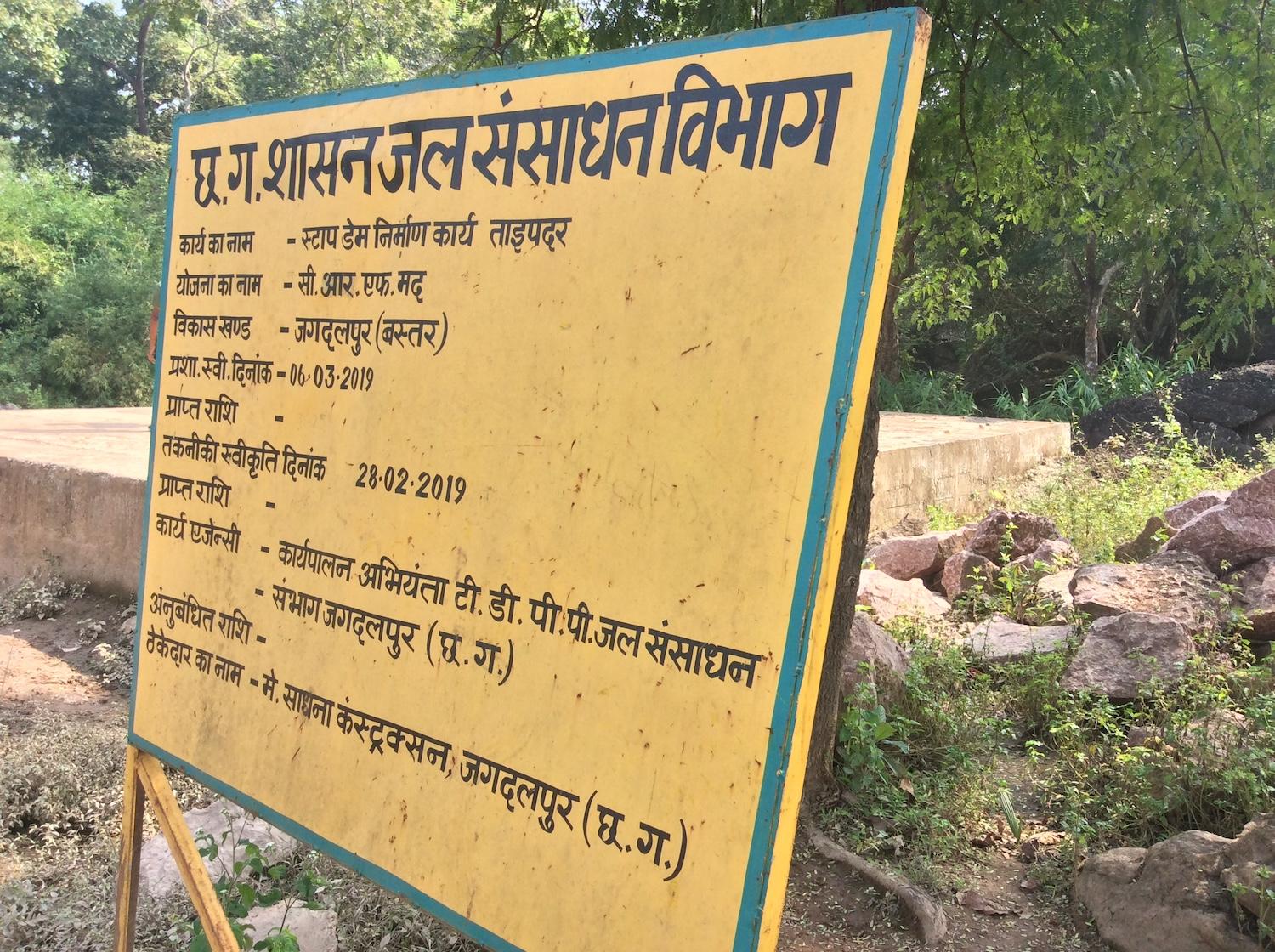
The hilly, forested areas of Bastar are not new to Singh, who once worked in the Western Ghats. As micro hydro was not a developed commercial business and turbine technology was lacking, he specialized in inexpensive ways of optimizing turbines.
“Though micro hydro delivers less output in terms of kW, it is safe. I have conceived this project in such a way that it would use minimal water from the nullah while the remaining goes back into it. Only 5 percent water would make the turbine work while 95 percent of it would still be in the stream. So, there is an interdependence of man and nature here,” said Singh.
Adding that, “This project is strictly against groundwater pumping.”
As the Bodghat mega hydropower project is planned on the mighty Indravati river, Bastar’s lifeline, Singh explained that the district could be the starting point for small-scale projects. These would provide viable alternatives to mammoth structures which don’t often deliver their promised potential and are harmful in the long run.
Photographs by Deepanwita Gita Niyogi



